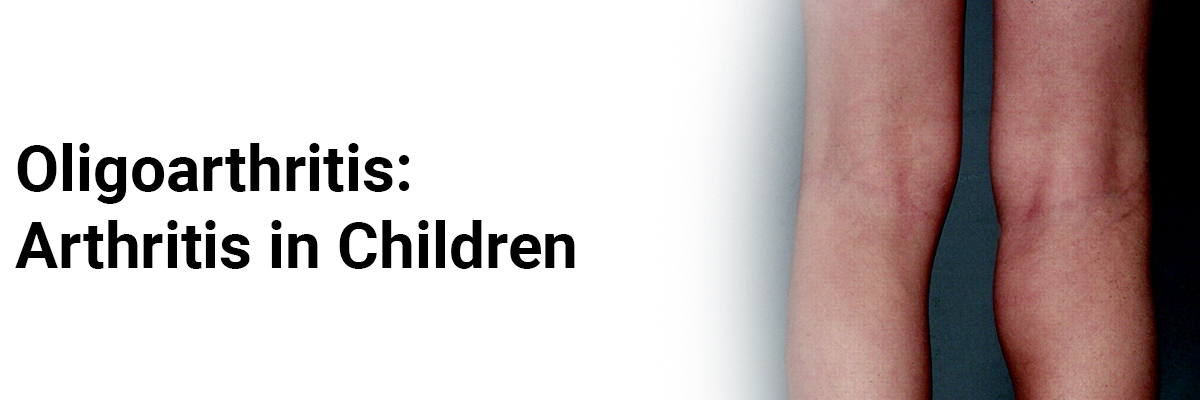
 IJCP Editorial Team
IJCP Editorial Team
Oligoarthritis: Arthritis in Children
Oligoarthritis, formerly known as pauciarticular juvenile idiopathic arthritis or oligoarticular juvenile idiopathic arthritis, is the most common type of juvenile idiopathic arthritis (JIA), where "idiopathic" means an unknown cause. Some studies suggest it results from genetic mutation activated by a virus or bacteria; however, the exact cause is yet to be established. It presents as joint stiffness and swelling that most frequently affects large joints like the knees, elbows, and ankles. It is diagnosed in children and teens under 16 years old. Some cases of oligoarthritis resolve with time; others evolve and spread to new body parts during adulthood. Treatment greatly diminishes symptoms and prevents joint damage.
The peak commencement of oligoarticular juvenile idiopathic arthritis is 2 to 4 years, with girls being three times more commonly affected than boys. It occurs less commonly in children over five years and rarely in children over ten years of age.
Disease Manifestation and Progression
"Oligo" means "few" in Latin. The child's body normally releases fluid to cushion the joints to facilitate movement. When the immune system attacks the synovium, the body produces more of that fluid, which causes joints to swell or become larger. As a result of this swelling, the joint becomes stiff and uncomfortable, causing symptoms of oligoarthritis. Oligoarthritis is classified into two main types based on the joints affected over time.
• Persistent oligoarthritis: affects four or fewer joints after six months.
• Extended oligoarthritis: affects more than four joints after six months.
There is no proven way to predict the disease progression; however, few disease characteristics seem to increase the likelihood, like symmetric joint involvement, three ankles or wrist involvement (or both), and a raised erythrocyte sedimentation rate in the initial six months.
It is an autoimmune disease, which means the child's immune system defends the body from foreign invaders like viruses, germs, and bacteria. In the presence of autoimmune disease, the immune system can't differentiate between healthy and invaders, so it attacks the body's cells and tissues like it would attack a virus, leading to symptoms.
Sign and Symptoms
The initial symptoms of oligoarthritis in a child are a limping gait, a reluctance to walk or run, or swelling of the affected joint. People with oligoarthritis experience varying degrees of symptoms like-
• Fatigue.
• Joint stiffness and/or discomfort.
• Tender or swollen joints.
Usually, oligoarticular juvenile idiopathic arthritis shows asymmetric joint involvement initially that affects one or two large joints, most commonly the knee joint, followed by ankle and wrist joints. It rarely shows systemic symptoms (e.g., fever, rash) and the involvement of the hip and back. If a child shows rare features, a re-evaluation is performed, and the diagnosis is reconsidered.
Diagnosis and Treatment
The child's healthcare provider diagnoses oligoarthritis after seeking a complete medical history, including the details about the symptoms, duration, and severity, understanding the child's medical history, and conducting a physical exam on the affected joints. The physician will also rule out other conditions with similar symptoms leading to the child's diagnosis.
Nearly 70% of children with oligoarticular juvenile idiopathic arthritis come positive in the ANA test. The ANA titers are generally low to moderate. These patients are generally at greater risk of developing uveitis and have normal or mildly elevated CRP and sedimentation rate, normal white blood cell counts, and anemia (mild). In these children, laboratory tests can help predict the severity of anterior uveitis, like an a2-globulin level in the serum and HLA antigens (HLA-A19, HLA-B22, HLA-DR9).
Further, to confirm the diagnosis, the physician might request imaging tests like an X-ray or an MRI to see the affected joints; laboratory tests like urine, blood, or joint fluid test to determine the reason for the symptoms. They may also refer the child to other specialists if they find any other organs/systems affected than the joint.
To manage oligoarthritis, the physician will aim to lower inflammation, thwart joint damage, and increase joint mobility. They may use pain-relieving medications, steroids (injections to the joint or pills), anti-rheumatic drugs (to prevent joint damage), etc. They may also advise Physical and occupational therapy to improve mobility by strengthening muscle tone and flexibility. The child's physician will also simultaneously monitor the disease progression, results of the medication, and the side effects of the medicines, if any.
Furthermore, extended oligoarticular juvenile idiopathic arthritis is managed much like rheumatoid factor positive or rheumatoid factor negative polyarticular juvenile idiopathic arthritis, as they all show a polyarticular involvement. In cases of persistent oligoarticular juvenile idiopathic arthritis, physicians usually consider a step approach.
It is crucial to know that oligoarthritis can last for a few months to years, depending on the severity of the illness and the effectiveness of treatment. Treatments are successful in diminishing the symptoms. However, in a few cases, oligoarthritis may spread to other joints as the child grows.
Nevertheless, it is crucial to seek treatment to ease joint pain and stiffness and physical therapy to improve the child's mobility to allow them to move and play without restriction.
The bottom line-
Juvenile idiopathic arthritis is a common condition that could last a long time but is not fatal. Even with an oligoarthritis diagnosis, the child can participate in activities and play sports with other children. Approaching a healthcare provider at the earliest symptom of oligoarthritis is important to devise a treatment plan unique to the child's needs to help him/her stay active while growing.

IJCP Editorial Team
Comprising seasoned professionals and experts from the medical field, the IJCP editorial team is dedicated to delivering timely and accurate content and thriving to provide attention-grabbing information for the readers. What sets them apart are their diverse expertise, spanning academia, research, and clinical practice, and their dedication to upholding the highest standards of quality and integrity. With a wealth of experience and a commitment to excellence, the IJCP editorial team strives to provide valuable perspectives, the latest trends, and in-depth analyses across various medical domains, all in a way that keeps you interested and engaged.









.jpg)

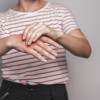
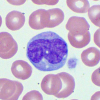
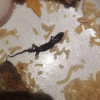

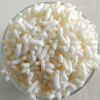




Please login to comment on this article